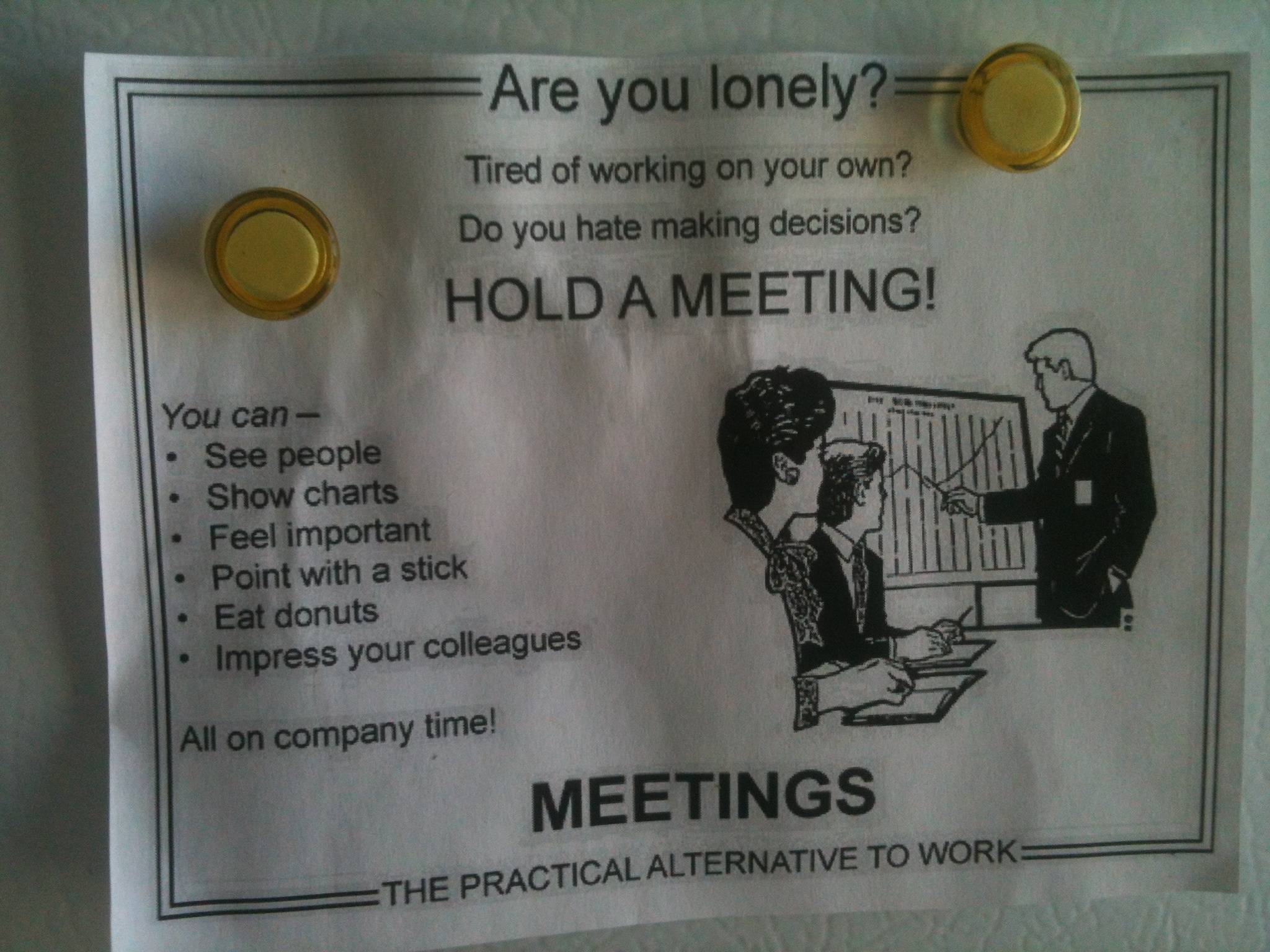One good and necessary practice when developing software is the code review.
Code review it's an excellent process to reduce bugs in the code and to raise up the quality of the software you are working on.
Basically, it means that before committing your changes to the repository, you ask to another developer to look at your code and see if everything looks fine.
But what is everything?
Well, this can vary between companies standards, but the following can be a good starting point:
Code review it's an excellent process to reduce bugs in the code and to raise up the quality of the software you are working on.
Basically, it means that before committing your changes to the repository, you ask to another developer to look at your code and see if everything looks fine.
But what is everything?
Well, this can vary between companies standards, but the following can be a good starting point:
OVERALL DESIGN
(Is the current design the best
design (i.e. is it scalable, maintainable, Are the algorithms following the
best practise in order to have the best performances? etc.)
|
 |
FUNCTIONALITY
(Does the code do what is supposed
to do? Are we covering all the possible
cases?)
|
 |
CODE READABILITY
(Is the code EASY to understand?
etc.)
|
 |
UNIT TEST
(Are the tests covering all
possible scenarios? Are the tests reusable? If the developed code does not
have 100% code coverage, why not?)
|
 |
ACCEPTANCE CRITERIA
(What are the Acceptance Criteria,
and if the criteria haven't been expressed as an automated test, why not?)
|
 |
ERROR HANDLING
(Do we really need checked
exceptions? etc.)
|
 |
WARNING
(Are the eclipse/intellij warnings
acceptable?)
|
 |
LOG
(Is the log useful in order to
find issue? Is the log communicating what is necessary? Etc.)
|
 |
Print this list and stick it in each developer desk. It will help during the review process.
